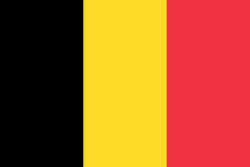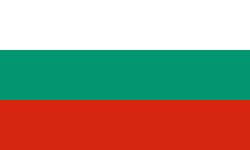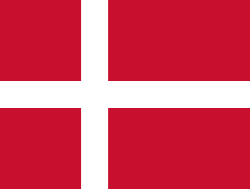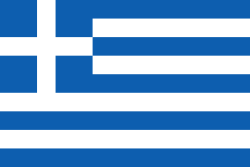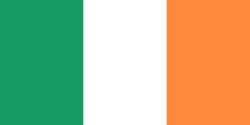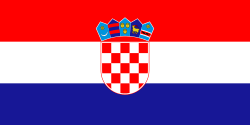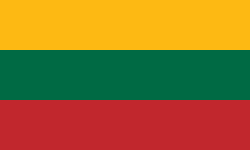Europeiska centralbankssystemet
Europeiska centralbankssystemet (ECBS) består av Europeiska centralbanken och de nationella centralbankerna inom Europeiska unionen, inklusive de medlemsstater som inte har euron som valuta. ECBS bildades den 1 januari 1999 i samband med införandet av euron. Centralbankssystemet syftar till att stärka samarbetet mellan de nationella centralbankerna och underlätta samordningen av den monetära politiken.[1]
Europeiska centralbanken och de nationella centralbankerna inom euroområdet utgör tillsammans Eurosystemet, som ansvarar för den monetära politiken inom euroområdet.
Nationella centralbanker
Se även
Referenser
- ^ ”Artikel 141 i fördraget om Europeiska unionens funktionssätt”. EUT C 202, 7.6.2016, s. 110. EUR-Lex. https://eur-lex.europa.eu/legal-content/SV/TXT/PDF/?uri=OJ:C:2016:202:FULL.
| EU-portalen – temasidan för Europeiska unionen på svenskspråkiga Wikipedia. |
Media som används på denna webbplats
The civil ensign and flag of Belgium. It is identical to Image:Flag of Belgium.svg except that it has a 2:3 ratio, instead of 13:15.
Det är enkelt att lägga till en ram runt den här bilden
Flag of Portugal, created by Columbano Bordalo Pinheiro (1857–1929), officially adopted by Portuguese government in June 30th 1911 (in use since about November 1910). Color shades matching the RGB values officially reccomended here. (PMS values should be used for direct ink or textile; CMYK for 4-color offset printing on paper; this is an image for screen display, RGB should be used.)
The flag of Slovenia.
- "The construction sheet for the coat of arms and flag of the Republic of Slovenia
- is issued in the Official Gazette Uradni list Republike Slovenije #67, 27 October 1994
- as the addendum to the Law on the coat of arms and flag."
The Flag of Europe is the flag and emblem of the European Union (EU) and Council of Europe (CoE). It consists of a circle of 12 golden (yellow) stars on a blue background. It was created in 1955 by the CoE and adopted by the EU, then the European Communities, in the 1980s.
The CoE and EU are distinct in membership and nature. The CoE is a 47-member international organisation dealing with human rights and rule of law, while the EU is a quasi-federal union of 27 states focused on economic integration and political cooperation. Today, the flag is mostly associated with the latter.
It was the intention of the CoE that the flag should come to represent Europe as a whole, and since its adoption the membership of the CoE covers nearly the entire continent. This is why the EU adopted the same flag. The flag has been used to represent Europe in sporting events and as a pro-democracy banner outside the Union.